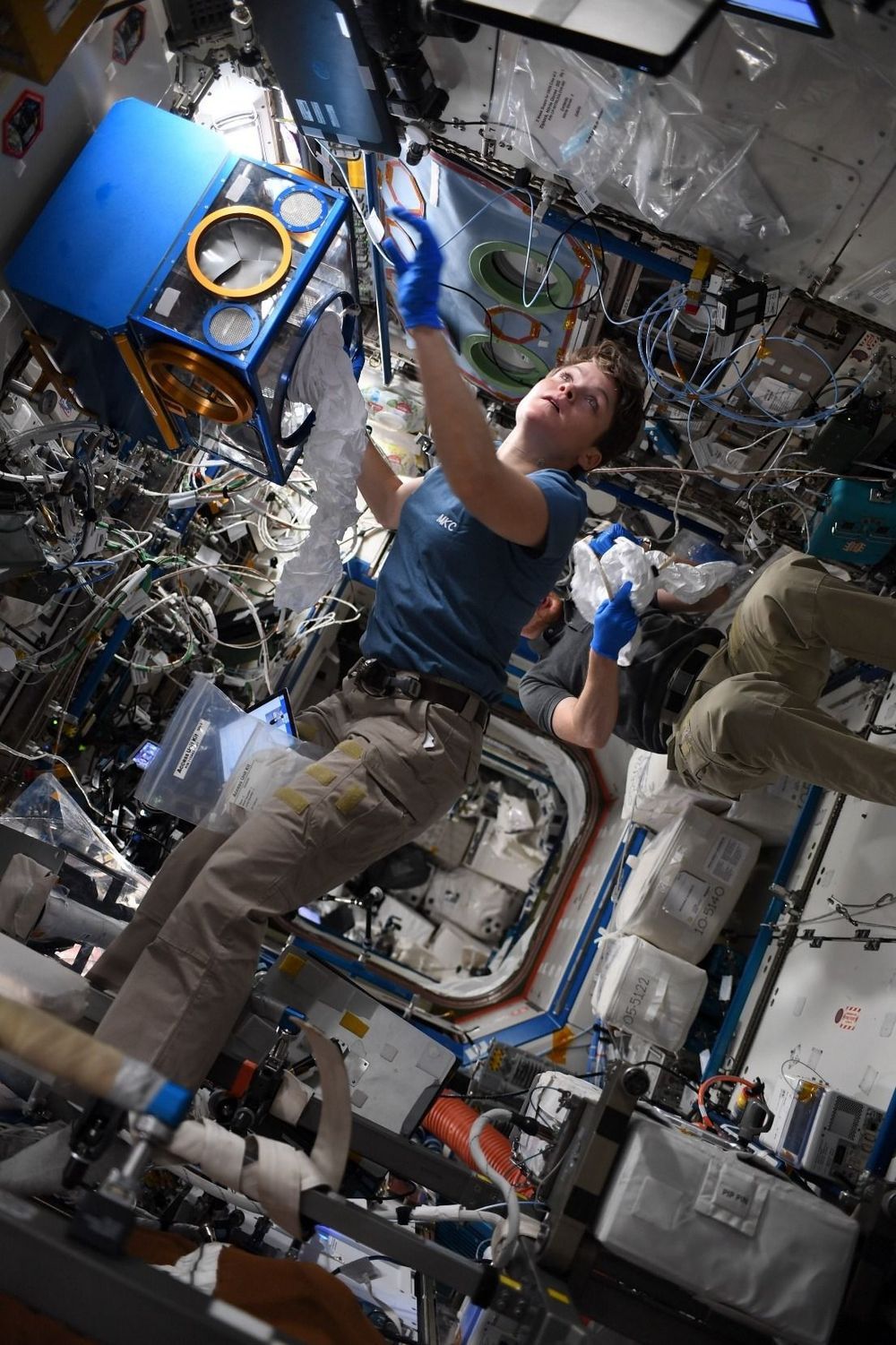Stem cell transplants have been of great interest to aging researchers, and, in a new study, they have successfully increased mouse lifespan by using stem cell therapy. While this has been previously achieved, this experiment was more refined than older studies and sheds new light on the potential of tissue regeneration through stem cells.
The significant extension of maximum lifespan could be considered an indication that any intervention is targeting a core hallmark of aging or, in the case of small increases of lifespan, at least indirectly influencing it.
Through bone marrow transplants, the researchers have significantly increased the lifespans of mice and believe that they are directly targeting an aging process directly [1]. Given that stem cell exhaustion is a hallmark of aging, they are likely correct.








